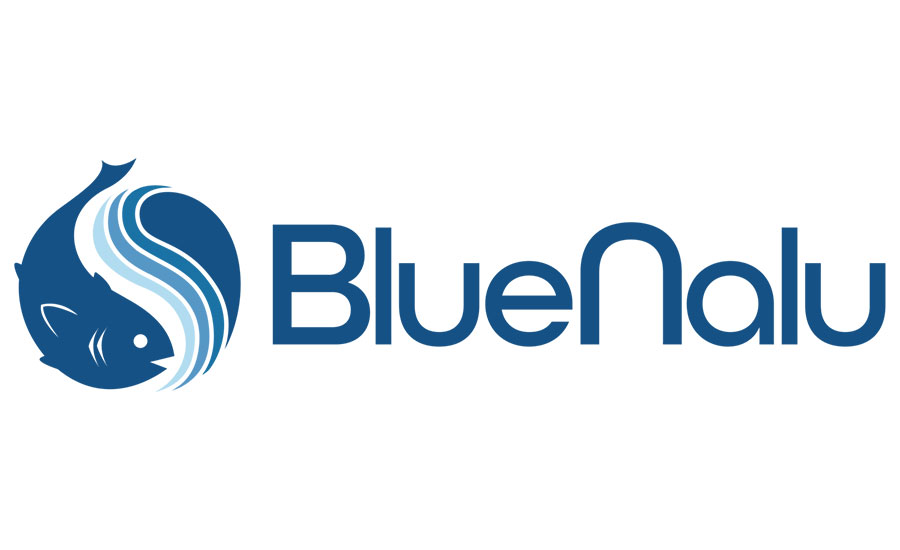BlueNalu, an innovative food company producing seafood directly from fish cells, announced its commercialization strategy and food facility design schematics for large-scale production. This is the first time that any company has provided facility design schematics illustrating the vision for large-scale production of foods via cellular agriculture or aquaculture.
BlueNalu has created a five-phase commercialization strategy that starts with R&D and small-scale pilot testing, evolves to a phase that enables market research testing, and culminates in food facilities that are 150,000 sq. ft. under roof. It is anticipated that each facility will produce up to 18-million pounds of finished seafood products per year, or about 72 million four-ounce seafood fillets or equivalent units per year. BlueNalu is currently entering its first phase of development, producing whole seafood medallions and fillets at pilot-scale. The company plans to introduce products into a test market in two to three years, and break ground on its first large-scale production facility in five years. This production facility will meet Good Manufacturing Practices (GMP) guidelines and comply with regulatory requirements determined by the FDA for food production.
The BlueNalu facilities will each be designed to serve regional population centers, initially focused on serving countries in North America, Asia, and Europe, where there is the greatest current and projected per capita consumption of seafood. The company intends to replicate its initial facility to dozens of locations across the globe, making continual operational enhancements along the way, and selecting varieties of fish, product applications, and marketing channels to meet the needs of each selected region. BlueNalu’s strategy will contribute to a more stable global supply chain for seafood, in a way that supports the health, sustainability and biodiversity of our ocean.
BlueNalu plans to produce seafood from species that are overfished, primarily imported, contain higher levels of mercury and other environmental pollutants, and/or are difficult to farm-raise. It also will focus initially on seafood that commands a premium price and has strong consumer familiarity.
